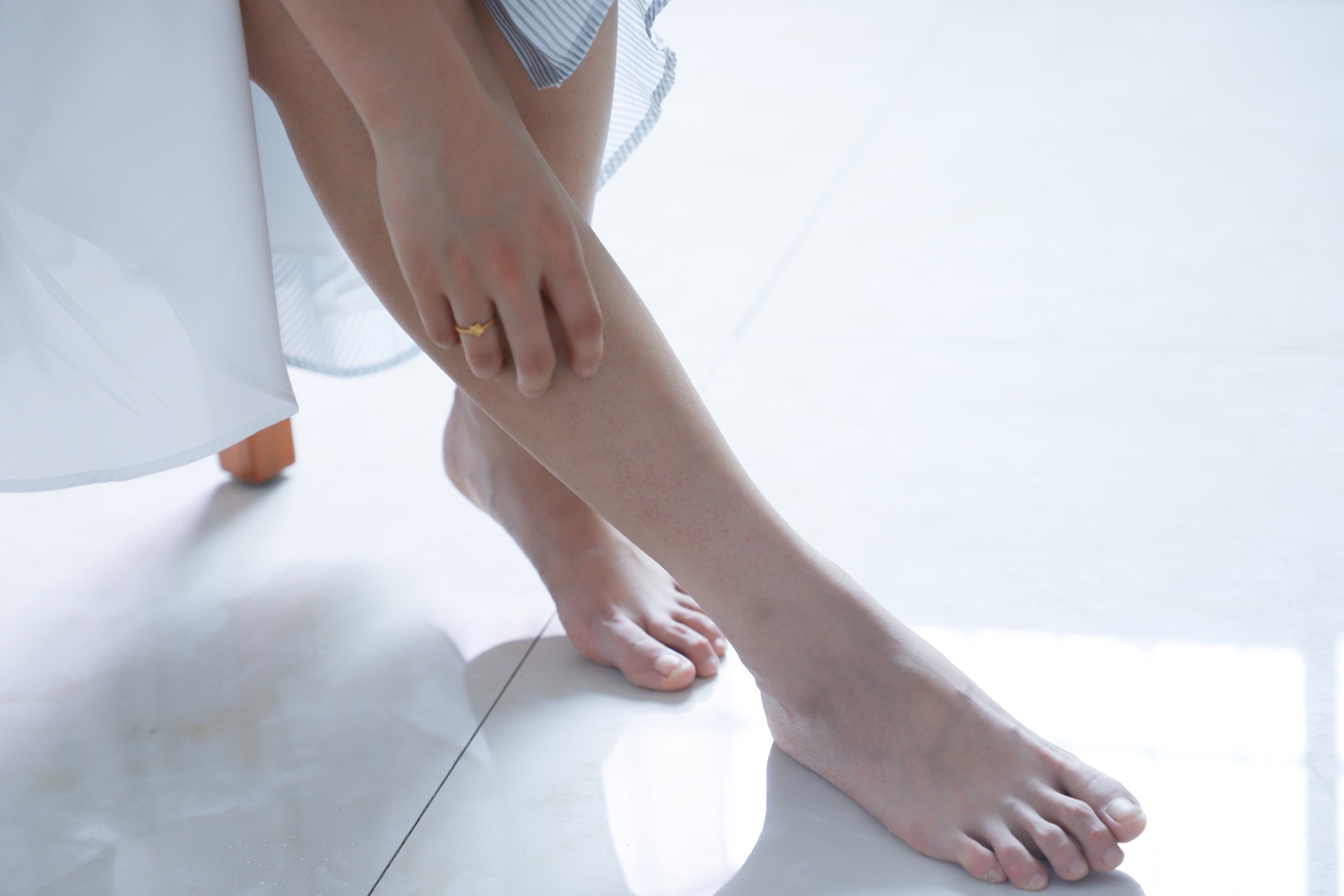Do you often feel burning, aching, tingling or numbness on the ball of one or both of your feet, especially after you’ve been on your feet for a while?
If you have, you might have metatarsalgia. Metatarsalgia is a name for a pain in the ball of your foot, or the area where your metatarsals connect with your toes. Although it can be caused by a number of different things, improperly-fitting footwear, being overweight, high-impact sports, and other foot conditions can play a role in its development.
Although some cases of metatarsalgia need to be treated with surgery or more extreme methods, in most cases, pain and discomfort can be alleviated with some simple home remedies. Here are four natural ways to treat metatarsalgia.
Contents
#1. Rest Your Feet
While it’s probably unrealistic to stay off your feet all day, if you’re dealing with a flare up of pain or discomfort, one of the best things you can do is rest your feet for a few days or weeks.
Try to avoid unnecessary standing, and opt for sports and exercises that have a low-impact on your feet, such as swimming or cycling rather than running or basketball. You should also try to keep your feet in an elevated position while you’re sitting down or relaxing at home, and, if possible, apply an ice pack.
#2. Maintain a Healthy Weight
Another way to relieve pressure off your metatarsals is to maintain a healthy weight. If you are carrying around extra weight, it puts more pressure on your feet when you walk and stand, which can exacerbate pain from metatarsalgia.
Losing even a few pounds can make a big difference in the amount of pain and discomfort you’re experiencing. So, if you’re overweight, try to slowly lose weight through diet and low-impact exercises.
#3. Try Pads, Insoles, or Toe Separators
If you’re required to stay on your feet throughout the day and need more immediate relief, orthotics such as pads, insoles, and toe separators can help you by relieving some of the pressure put on the balls of your feet.
Each of these orthotics work differently, and they can be combined in various ways to target your specific needs.
Metatarsal pads, for instance, work by redistributing pressure more evenly across your foot and alleviating pain in the metatarsal area, while insoles provide extra padding that reduces pressure points. Toe separators, on the other hand, relieve pressure by encouraging proper foot alignment, which naturally redistributes pressure.
#4. Switch to Natural Footwear
If one of the culprits behind your metatarsalgia is ill-fitting or tight shoes, as long as you keep wearing them, you’re going to keep experiencing pain no matter what other measures you take to relieve it.
That’s why it may be highly worthwhile to switch to natural footwear. Natural shoes are shoes that are made to align with the shape of the natural human foot. This means they’re generally wider and more comfortable than regular shoes, especially in the toe box area, or the part that constricts the balls of your feet. Switching to natural, minimalist or barefoot shoes can help you relieve pain and heal your feet in the long run.
Conclusion
If you’re dealing with metatarsalgia, there are a number of things you can do to find relief before you resort to surgery or pain medication. By taking care of your feet and staying away from doing things that put pressure on them, you can relieve the pain caused by metatarsalgia and encourage healing.





